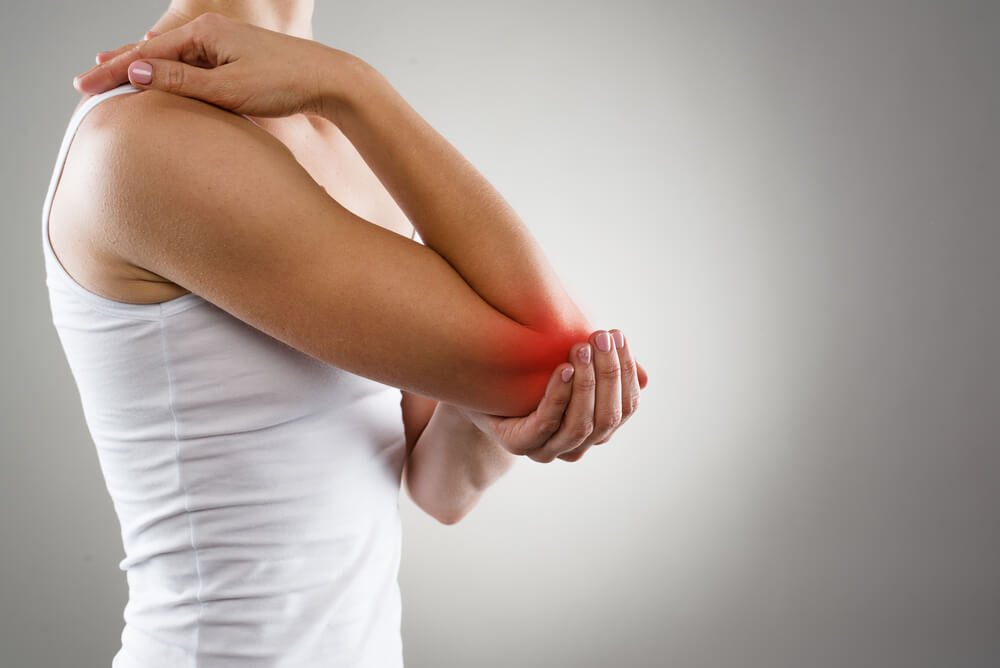Radial head subluxation nursemaid elbow is an early childhood injury. A radius is forced away from its normal location by one of two long bones in the forearm. Then, the ligament which supports the radial bone slips into the joint of the elbow. The radial bone can’t move back into its usual position when this happens.
The bones and muscles of the young child are still developing. It takes little force to pull the bones of the elbow. This injury occurs in young children from one to four years old. It happens any time from birth up to six or seven years of age.
This injury causes initial pain but the doctor easily resets the elbow, relieves discomfort, and restores arm movement.
What Is The Cause Of A Radial Head Subluxation Nursemaid Elbow?
Radial head subluxation occurs in young children. It occurs when a young child is pulled or raised by the hand or wrist while his or her arm is held straight.
Sometimes, physical abuse is the cause of this injury.


